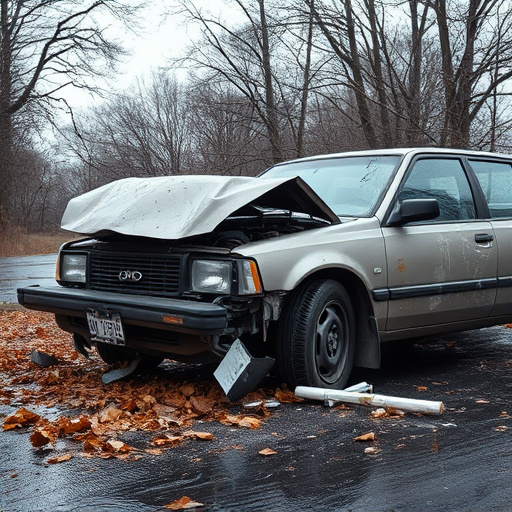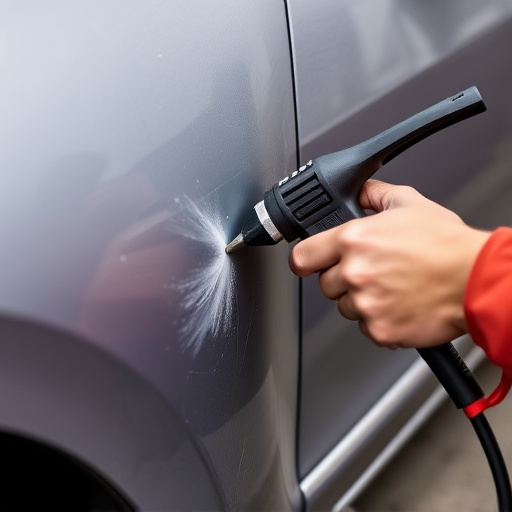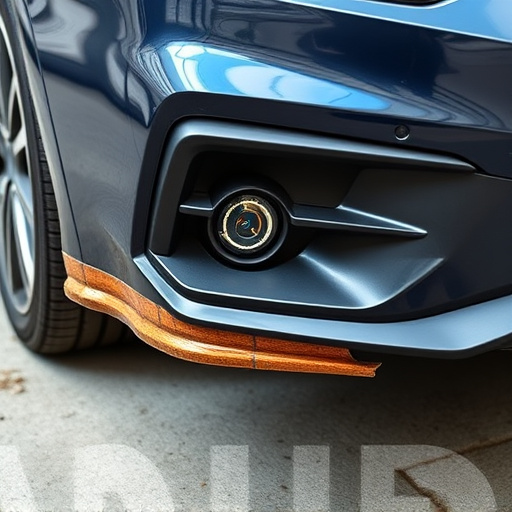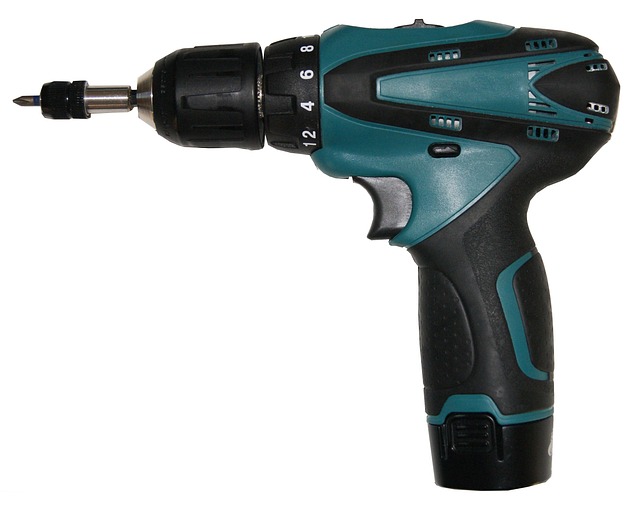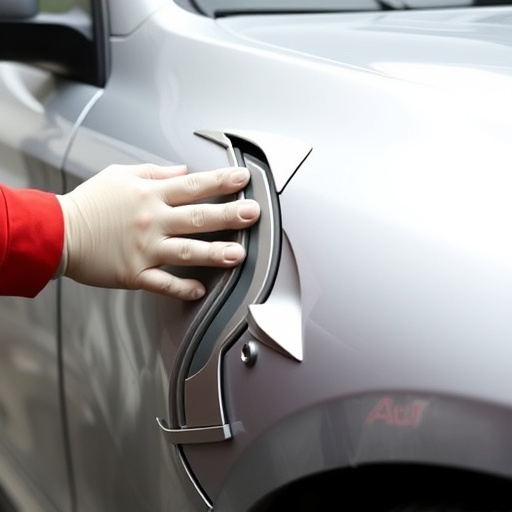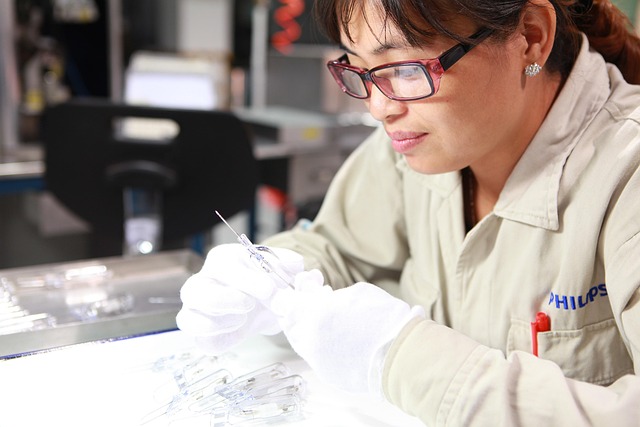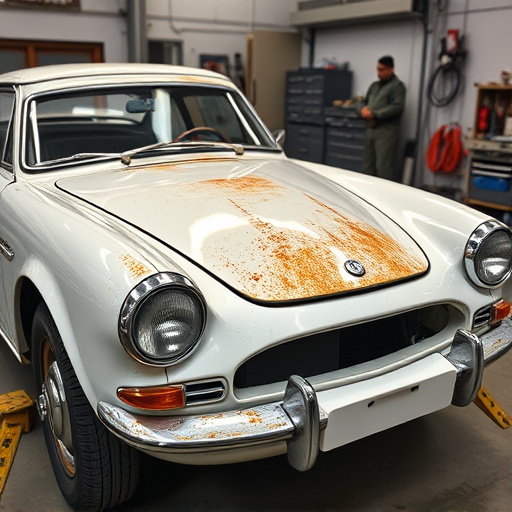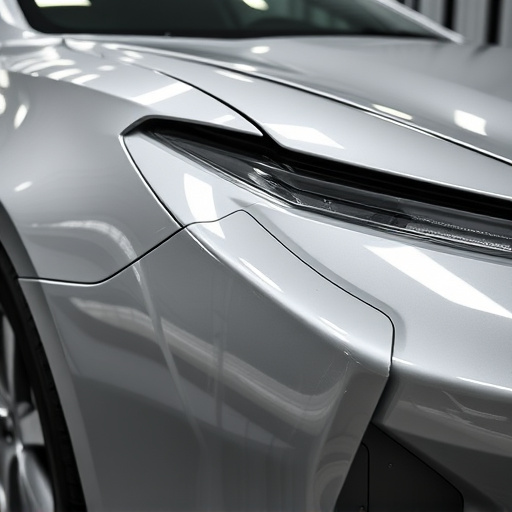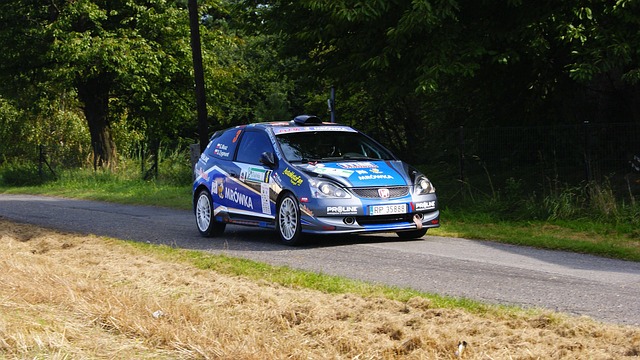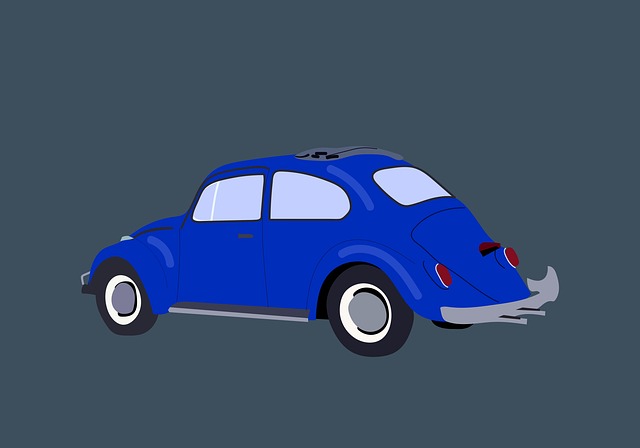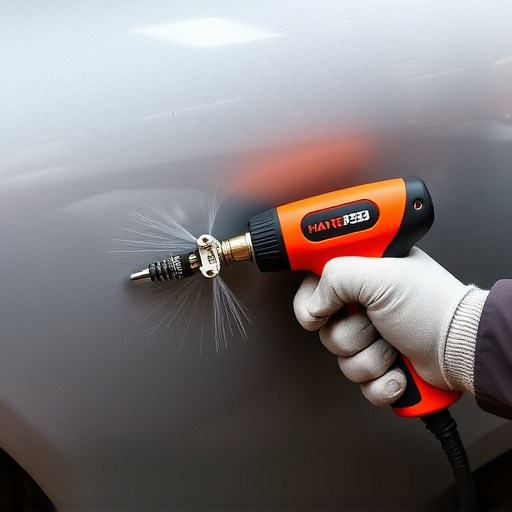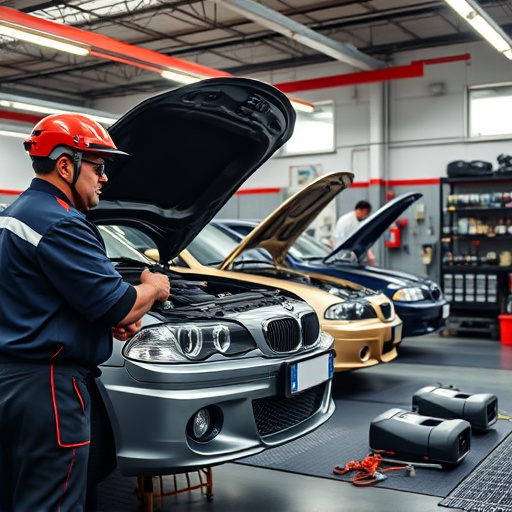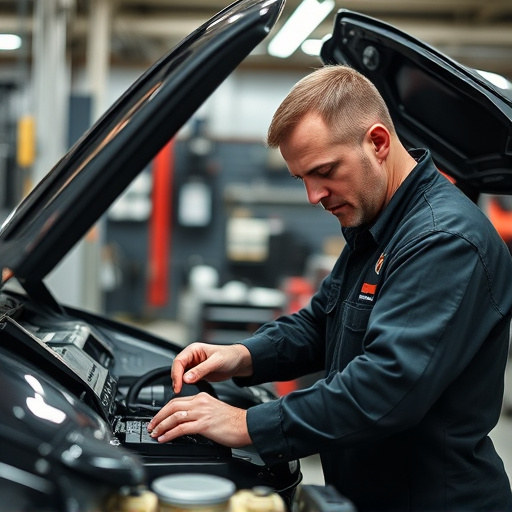Frame damage assessment is a vital process for auto body repair, ensuring vehicle safety and performance after incidents. It involves meticulous inspections using specialized tools and computer-aided measurements to compare original specifications with current conditions. Advanced techniques like 3D scanning and manual inspections are used for passenger cars, while non-destructive testing methods preserve critical components in luxury vehicles. Commercial vehicles require rigorous frame damage assessment techniques during inspections, combining visual inspections, specialized tools, advanced diagnostic software, CAD models, and tire wear analysis to ensure thorough assessments and enhance safety and reliability.
Frame damage assessment is a critical step in the restoration or total loss evaluation of passenger cars and commercial vehicles. Understanding the extent and type of frame damage is essential for accurate repairs and safety considerations. This article delves into two key aspects: exploring the intricacies of frame damage in various vehicles and presenting practical assessment methods tailored to passenger cars and commercial vehicles. By understanding these techniques, professionals can efficiently navigate frame damage assessments.
- Understanding Frame Damage in Vehicles
- Assessment Methods for Passenger Cars
- Commercial Vehicle Frame Inspection Techniques
Understanding Frame Damage in Vehicles
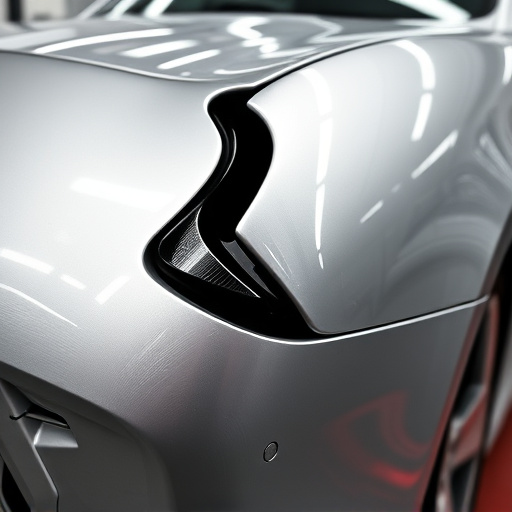
Frame damage in vehicles is a serious concern that requires meticulous assessment and skilled repair. It refers to the structural integrity of the vehicle’s frame, which can be compromised by various incidents like accidents, collisions, or even rust over time. This type of damage can impact the overall safety and performance of the vehicle, making accurate frame damage assessment crucial before any repairs are undertaken.
A comprehensive frame damage assessment involves inspecting the frame for bends, twists, cracks, or deformations. Auto body repair experts use specialized tools and techniques to gauge the extent of the damage, ensuring that every component is in optimal condition. Even subtle changes in the frame’s alignment can affect handling and braking, so a meticulous approach is vital. For instance, a car body shop will employ computer-aided measurements to compare the vehicle’s original specifications with its current state, pinpointing exact areas requiring repair or replacement in scratch repair processes.
Assessment Methods for Passenger Cars
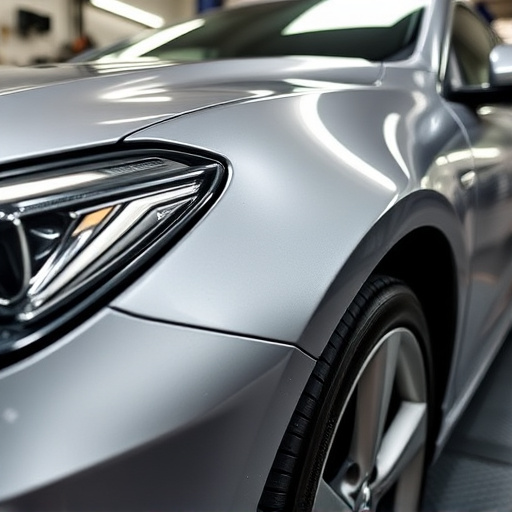
When assessing frame damage on passenger cars, several advanced methods are employed to accurately determine the extent of structural integrity. One common approach involves utilizing specialized 3D scanning technology that captures precise measurements and creates digital models of the vehicle’s frame. This method not only facilitates a comprehensive analysis but also aids in comparing pre-and post-accident conditions, making it invaluable for insurance claims and repair assessments.
Additionally, trained technicians conduct manual inspections, paying meticulous attention to signs of deformation, cracks, or misalignments. In cases where severe damage is suspected, non-destructive testing (NDT) techniques like ultrasonics and magnetic particle inspection are employed. These methods ensure that the vehicle’s safety critical components remain functional without necessitating invasive procedures. For luxury vehicles such as Mercedes Benz repairs, these assessments are crucial in preserving not just structural integrity but also the high-quality standards associated with premium car brands.
Commercial Vehicle Frame Inspection Techniques
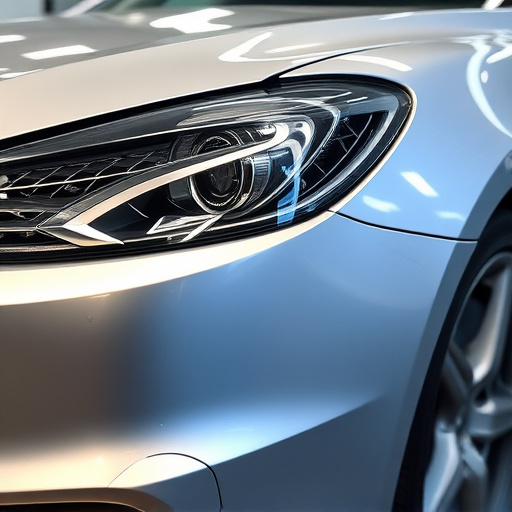
Commercial vehicles, given their diverse uses and often harsh operating conditions, require meticulous frame damage assessment techniques during inspections. Professional mechanics employ a combination of visual examinations, specialized tools, and advanced diagnostic software to detect even subtle structural flaws. These methods include non-destructive testing (NDT) such as ultrasonic and magnetic particle inspection, which allow for the identification of cracks, corrosion, or other signs of damage without causing further harm to the frame.
Additionally, computer-aided design (CAD) models and 3D scanning technologies are increasingly utilized in car repair services, especially in specialized Mercedes Benz collision repair workshops. These advanced tools enable precise measurements and comparisons, ensuring accurate assessments. Moreover, tire services play a crucial role by evaluating tread wear patterns that can indicate underlying frame issues. Such comprehensive inspection techniques not only facilitate effective frame damage assessment but also contribute to the overall safety and reliability of commercial vehicles on the road.
Frame damage assessment is a critical aspect of vehicle inspection, whether for passenger cars or commercial vehicles. By understanding different assessment methods and employing tailored techniques, professionals can accurately identify and address structural integrity issues, ensuring safer operation and effective repairs. Through proper frame damage assessment practices, we contribute to the overall safety and reliability of vehicles on our roads.
